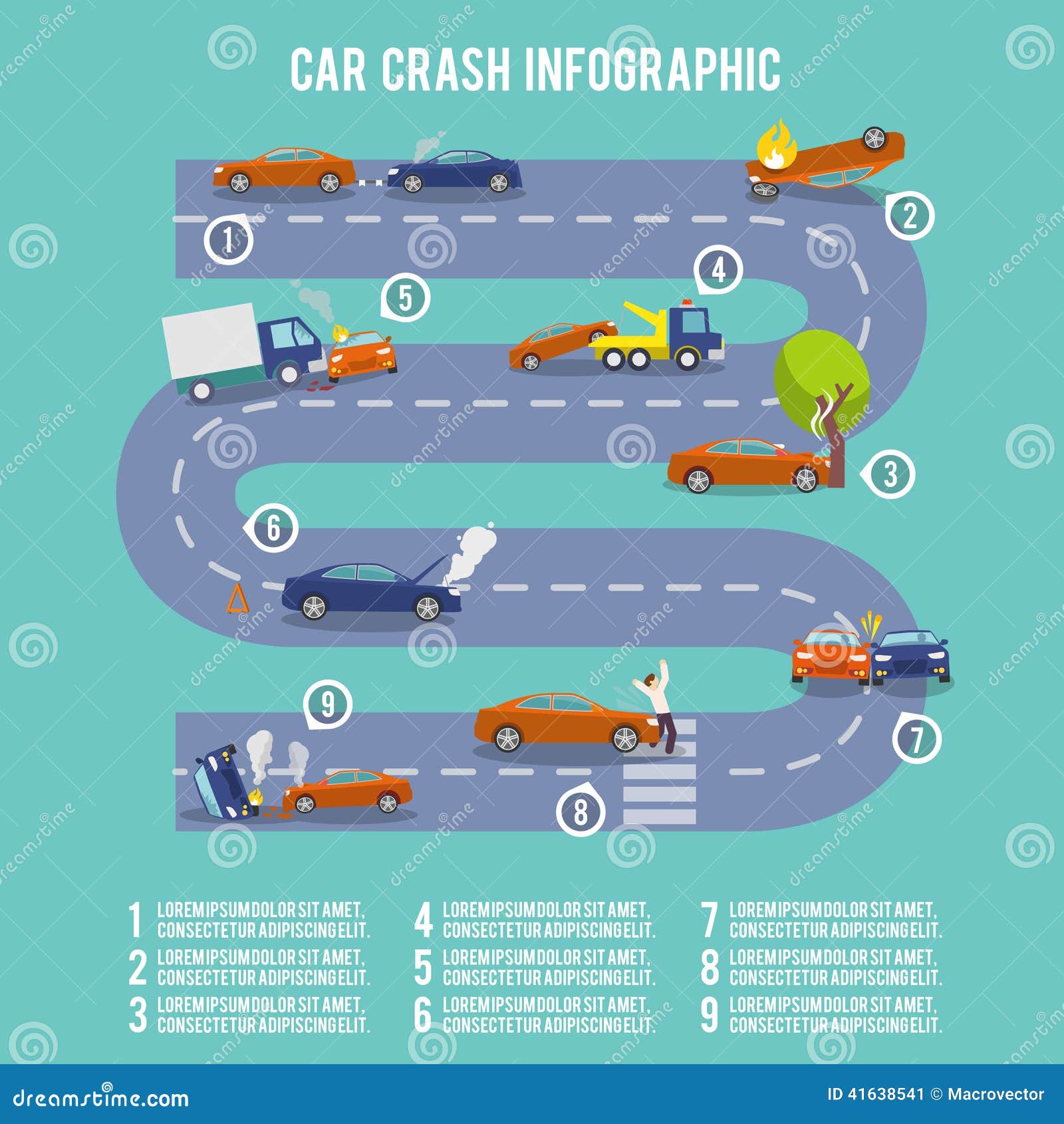Wondering Regarding The Definition Behind Those Dashboard Warning Lights? Gain Understandings Right Into Their Ramifications For Your Automobile'S Security And Upkeep
Wondering Regarding The Definition Behind Those Dashboard Warning Lights? Gain Understandings Right Into Their Ramifications For Your Automobile'S Security And Upkeep
Blog Article
bestcarinteriorcleanernz -Vinson Torres
When you're behind the wheel, those radiant warning lights on your control panel can be a little bit bewildering. Do you understand what they're attempting to tell you concerning your vehicle's wellness? Comprehending the relevance of these lights is vital for your safety and security and the long life of your lorry. So, the next time one of those lights appears, would not you want to decipher its message properly and take the required actions to resolve it?
Common Caution Lights and Interpretations
Determine usual caution lights in your car and recognize their significances to ensure secure driving.
The most common caution lights include the check engine light, which indicates problems with the engine or exhausts system. If this light begins, it's essential to have your car inspected quickly.
The oil pressure cautioning light shows low oil pressure, needing prompt interest to avoid engine damages.
A blinking battery light could recommend a malfunctioning billing system, potentially leaving you stranded otherwise attended to.
The tire stress monitoring system (TPMS) light alerts you to low tire stress, influencing car stability and gas performance. Ignoring this might cause unsafe driving conditions.
The ABS light shows an issue with the anti-lock stopping system, endangering your capacity to stop rapidly in emergency situations.
Last but not least, the coolant temperature level warning light warns of engine getting too hot, which can result in extreme damages if not fixed quickly.
Understanding these common caution lights will certainly help you address concerns immediately and preserve risk-free driving conditions.
Relevance of Prompt Attention
Comprehending the common caution lights in your automobile is only the initial step; the relevance of without delay attending to these warnings can not be stressed enough to ensure your safety and security on the road.
When a caution light brightens on your dashboard, it's your cars and truck's method of interacting a possible problem that requires focus. Neglecting these warnings can bring about a lot more extreme troubles down the road, jeopardizing your safety and potentially costing you more in repairs.
Prompt interest to alerting lights can prevent malfunctions and accidents. For example, a flashing check engine light can indicate a misfire that, if left ignored, might trigger damages to the catalytic converter. Resolving this promptly can save you from a pricey fixing.
Similarly, a brake system warning light could signify low brake liquid or used brake pads, essential parts for your security when driving.
Do It Yourself Troubleshooting Tips
If you see a caution light on your control panel, there are a few do it yourself fixing tips you can try prior to seeking professional assistance.
The very first step is to consult your cars and truck's handbook to understand what the specific warning light suggests. In some cases the issue can be as basic as a loose gas cap triggering the check engine light. Tightening up the gas cap may settle the issue.
One more typical concern is a low battery, which can set off numerous advising lights. Checking car detailing services for deterioration and guaranteeing they're secure might take care of the issue.
If a warning light lingers, you can try resetting it by separating the auto's battery for a few minutes and after that reconnecting it. In addition, inspecting your car's liquid degrees, such as oil, coolant, and brake fluid, can aid troubleshoot advising lights associated with these systems.
Conclusion
In conclusion, recognizing your car's caution lights is essential for keeping your lorry running efficiently and safely. By quickly dealing with these signals and recognizing what they imply, you can avoid expensive repair work and potential breakdowns.
Remember to consult your auto's manual for specific details on each cautioning light and do something about it accordingly to make certain a hassle-free driving experience.
Keep notified, remain safe when driving!
